A “Compleat” delight to watch, “Stage Beauty” raises motifs of discrimination during 1600s
As many know, during Shakespearean times, women were not allowed to perform onstage. Therefore, men played the female parts. Imagine the predicament male actors were in when King Charles II decreed that women could play the female roles. The show “Compleat Female Stage Beauty” plays this situation comedically as well as tragically, both to great effect.
Edward Kynaston (Sebastian Carrillo) is the most renowned leading lady in London at the time, well known for the roles Cleopatra, Ophelia, and especially Desdemona. When he receives the news that he will not be playing female roles anymore, Edward is distraught and tries to find new ways to break into the business.
While this is happening, Margaret Hughes (a brilliant Madlené Nel) struggles to break into the acting world. With the help of manipulative Sir Charles Sedley (hilariously portrayed by Bill Kassay), she is able to become the new star of theatre.
The cast was incredible in all their parts, but the most complex role was Edward. Masterfully portrayed by Sebastian Carrillo, his journey of a theater star to a nobody is treacherous. One scene that stood out was at the end of Act I. Edward was beaten for allegedly being gay due to the female roles he played. Edward took the blows given by each ensemble member and, when the scene finished, was on the floor, with his body and pride seemingly shattered.
Nel’s Margaret Hughes goes from an actress desperate to get into the business to being the new celebrity in the theater world. Nel portrays the transformation gorgeously, even when she still cannot play the role of Desdemona properly. By the end of the show, she has matured so she can feel comfortable acting.
Kassay’s Sir Sedley is supposed to be the villain. Thanks to Kassay’s marvelous lisp and acting, however, he is seen more as a man trying to gain fame. If that meant knocking out Edward in the process, so be it.
The real villain in the play was discrimination and hate towards what is different. While it sounds cheesy, it describes the message of the play perfectly. Edward seemed to be at home when playing women parts. In the real world, he was fragile and could easily be mocked.
The set was fabulous and reminiscent of the 1600s, the costumes were elegant and the wigs were gigantic, and the cast and crew came together for this spectacle that was a must for theater-goers everywhere.



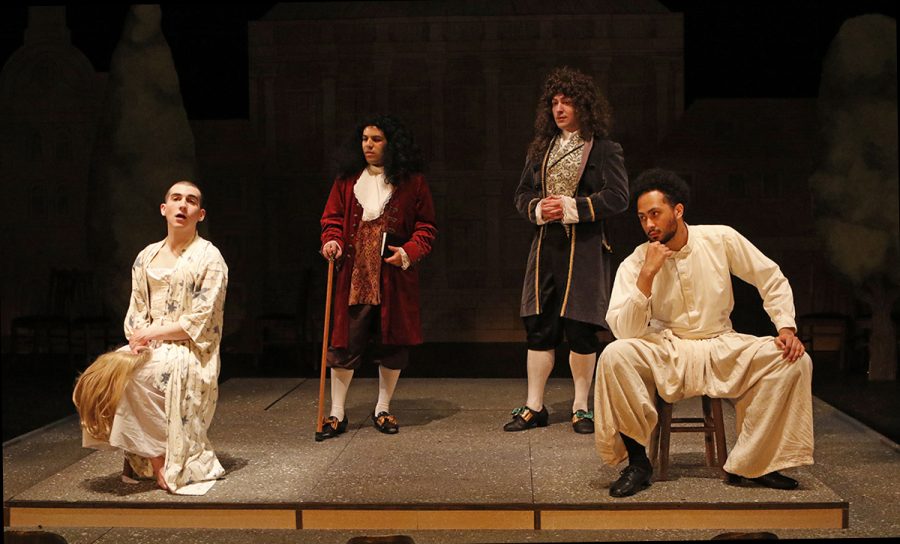
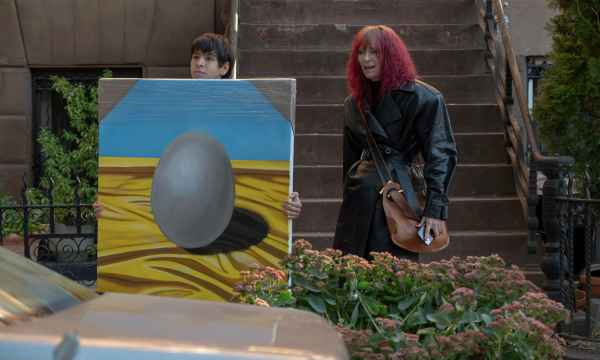
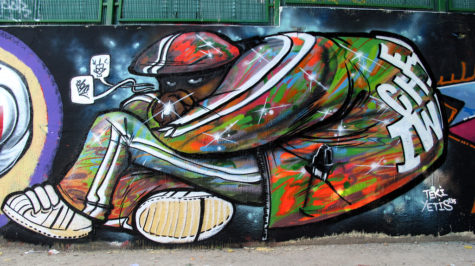
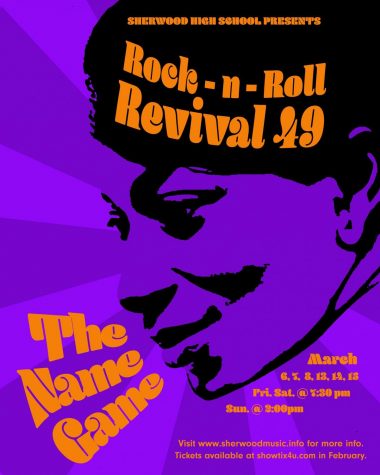

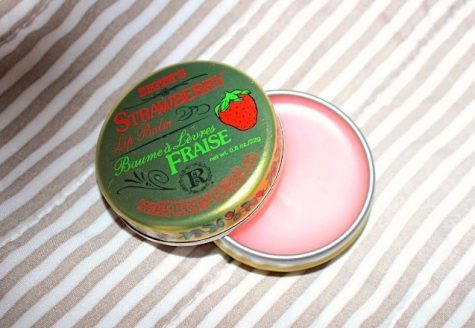
Grumpy Shukiar • Apr 15, 2019 at 4:45 pm
What a masterful review. I didn’t see the play, but the word portrait painted by the reviewer (Ms. Freedberg) allowed me to feel as if I were present at the performance.